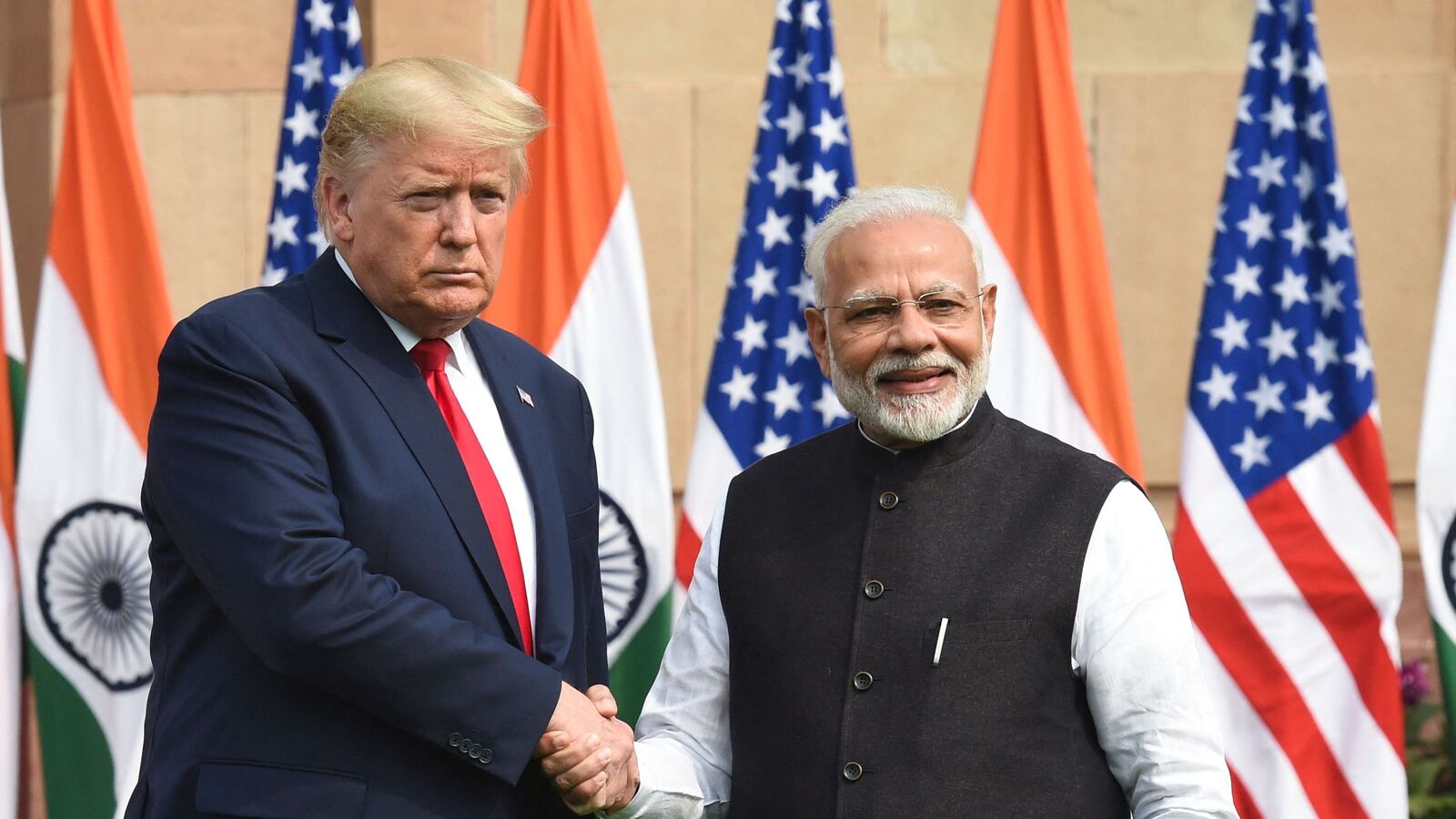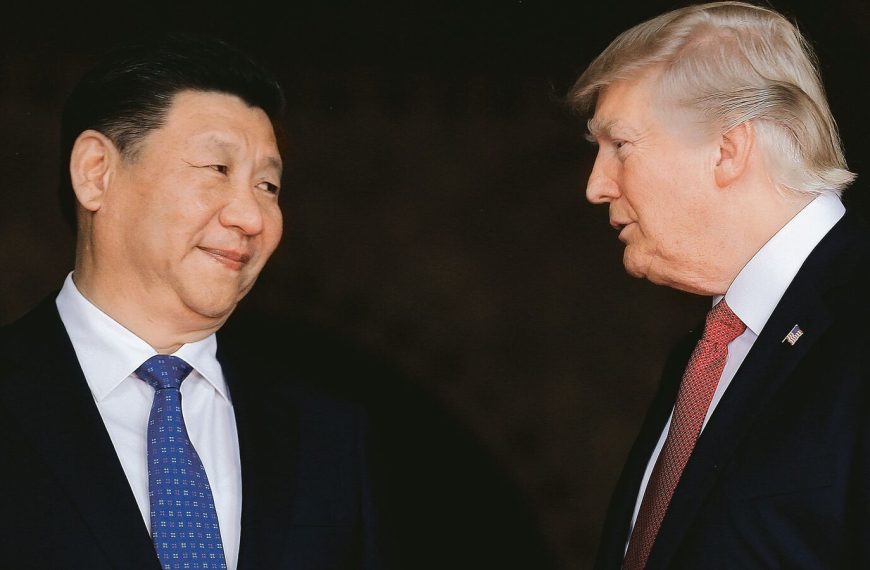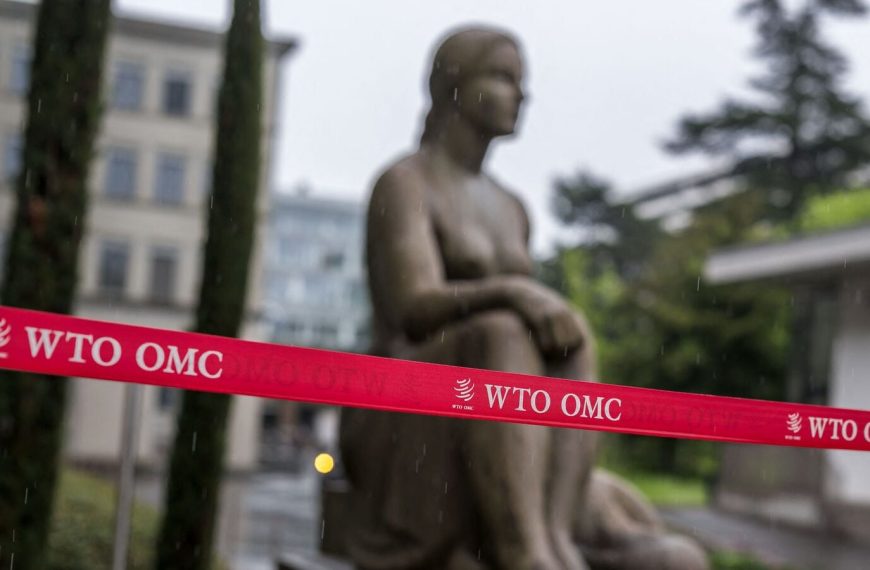Amid ongoing negotiations between India and the United States, the possibility of a "zero-for-zero" tariff trade agreement appears slim, as both nations operate at differing economic levels. Recent insights from officials, reported on April 13, indicate that a comprehensive trade deal will likely encompass a variety of factors beyond mere tariffs, debunking the notion of a straightforward reciprocal arrangement.
Understanding the Trade Dynamics
The debate around implementing a "zero-for-zero" tariff policy gained traction after former President Donald Trump announced an increase in reciprocal tariffs on April 2, 2025. However, officials have clarified that trade agreements are complex and cannot simply mirror each other’s tariff adjustments. For instance, one country lowering tariffs on electronics does not automatically mean the other must reciprocate in the same sector.
- Tariff discussions are not straightforward and involve multiple sectors.
- Trade negotiations are tailored to each country’s economic landscape.
Negotiation Progress
Since March 2025, India and the US have been actively engaged in discussions aimed at solidifying their trade relationship. The officials emphasized that while a straightforward zero-for-zero deal may not materialize, the negotiations are progressing well. They noted that the US-EU trade relationship might see more seamless agreements due to their similarities in economic status.
- The talks are not just about tariffs but also about non-tariff barriers.
- India is reportedly leading the way in trade negotiations with other nations.
Sector-Specific Trade Talks on the Horizon
Looking ahead, India and the US are planning to hold targeted discussions on specific sectors under the bilateral trade agreement. This approach is expected to significantly reduce or eliminate customs duties on a wide array of goods exchanged between the two nations, fostering increased trade and investment.
Key Sectors of Interest
India aims to secure tariff reductions in various sectors, including:
- Apparel and textiles
- Gems and jewellery
- Leather products
- Plastics and chemicals
- Oil seeds and shrimp
- Horticultural products
Conversely, the US is likely to seek concessions involving:
- Industrial goods
- Electric vehicles
- Wines and dairy products
- Petrochemicals and agricultural items
Current Trade Performance
According to data from the Ministry of Commerce & Industry, India’s goods exports reached $395.63 billion by February 2025, showing a slight increase from $395.38 billion the previous year. In the same timeframe, India’s services exports surged to $354.90 billion, up from $311.05 billion a year prior. The country’s export portfolio heavily features products such as tobacco, electronics, and coal, with major markets including Australia, the US, Japan, and Brazil.
In conclusion, while the prospect of a "zero-for-zero" tariff agreement between India and the US remains uncertain, both nations are committed to advancing their trade relationship through comprehensive discussions, focusing on specific sectors to drive mutual economic growth.











